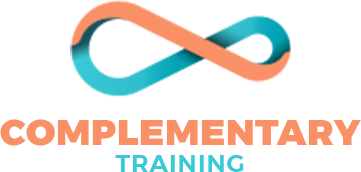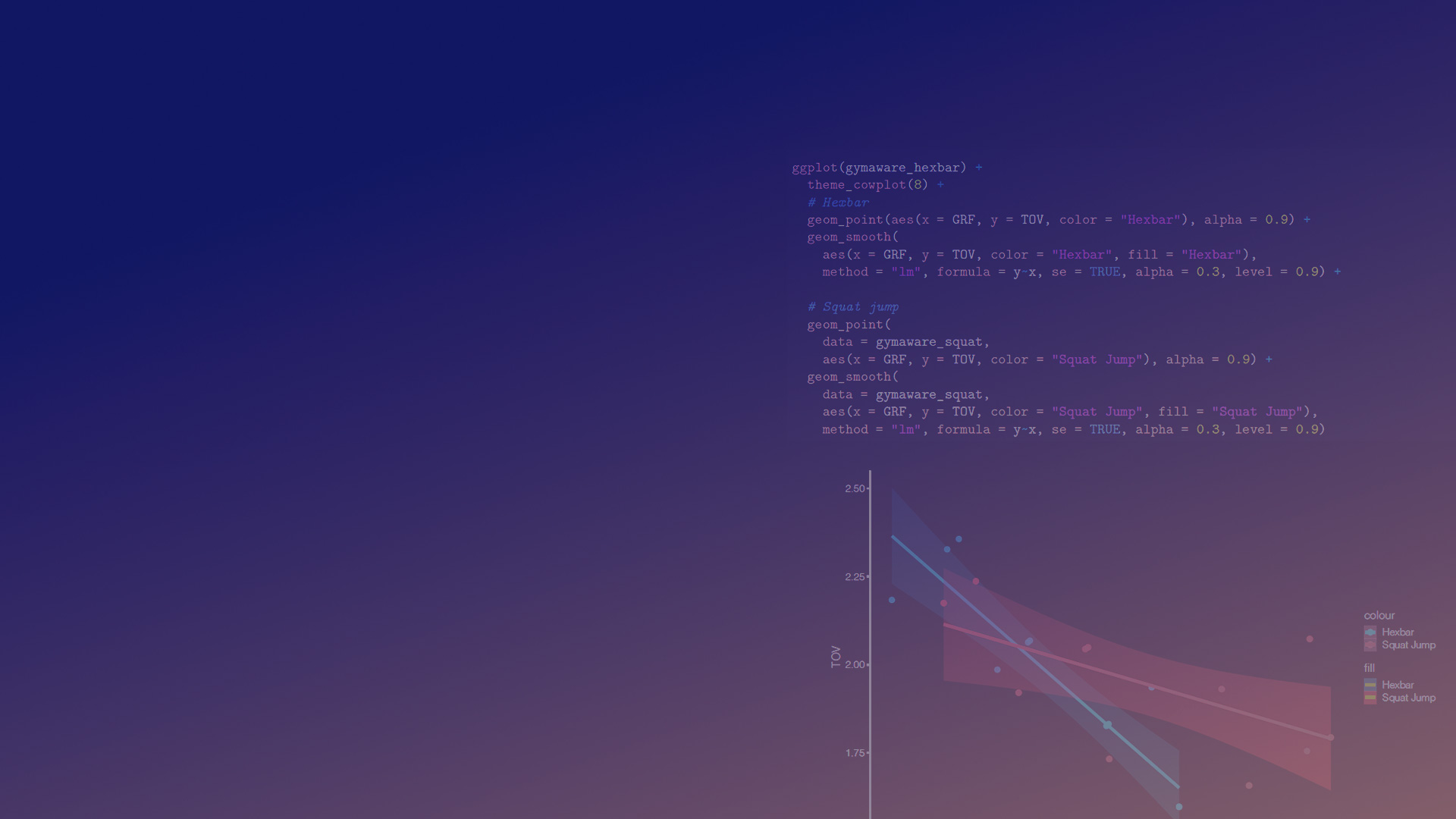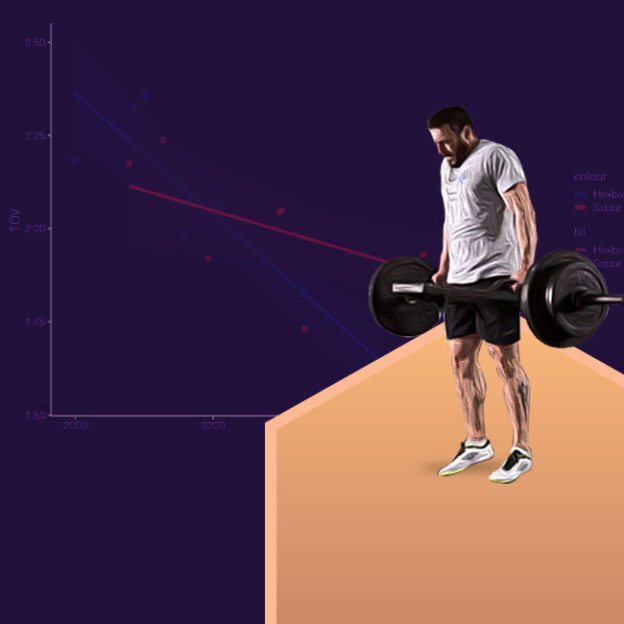Format: 4 self-paced, video-based modules
Language: English
Access: Lifetime access upon purchase
Course Overview
In sports science, there seems to be a recent obsession with profiling, particularly with load-velocity and force-velocity profiling. This obsession might be the result of the increase in the number of affordable and attainable valid and reliable instruments to measure movement kinematics.
The goal of profiling is to quantify performance across different loads with the aim to track changes across time, understand and explain inter-individual differences, but most importantly, to give us some insights into what should be done to improve performance.
Unfortunately, things are not that simple, and there are numerous issues and assumptions with profiling and optimization models that need to be understood before applying them in practice.
Only $100 for a lifetime access!
(Regular price: $150)
The aim of this course is precisely that – to slowly guide you through the understanding of the mechanical models, measurement protocols, optimization model, assumptions, and the analysis. But not only that – in this course, you will learn how to use R language and open-source package vjsim that allows for straightforward profiling, the analysis, and visualization of the data. You will not only get all the necessary knowledge and open-source tools to do the analysis yourself, but you will learn to think critically about the whole process and to understand potential issues, like measurement errors.
To showcase this process, but also to pinpoint the issues and assumptions, I have used two exercises:(1) hex-bar jump and (2) squat jump.
Besides explaining the numerous measurement methods that can be utilized, I’ve used two measuring units in this course: (1) GymAware and the new (2) Flex unit.
The course is organized in 4 modules, with a total of 15 videos lasting around 4 hours. R scripts, raw and edited complete data sets are available for this course. If you are new to the R language, this is an excellent starting point that will explain to you the basis and the power of this open-source tool. It is time for you to move away from Excel to something much more powerful.
Course Content
About Instructor









